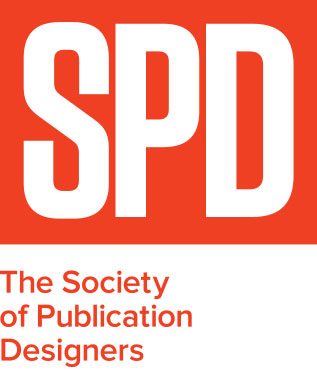In the Realm of the Senses
/Psychedelia has an image problem. At least that’s what editor and journalist Hillary Brenhouse realized after she saw through the haze.
Both in art and literature, psychedelia was way more than tie-dye t-shirts and magic mushrooms. Instead of letting that idea fade into the mist, she kept thinking about it. And the more she looked, the more she realized maybe she should create a magazine to address this. And so she did.
Elastic is a magazine of psychedelic art and literature. It says so right there on the cover of the beautiful first issue that just launched. So this is not your standard issue lit or art mag. After all, this is one backed by … Harvard, and UC Berkeley, and a couple of major foundations.
Hillary Brenhouse has learned a lot about the craft and the business of making and selling magazines this past year. Lucky for us, she and her team are quick studies. You can see it on every page of Elastic. And she also may have redefined the literary magazine. Without a single tie-dyed t-shirt or magic mushroom in the lot, man.

